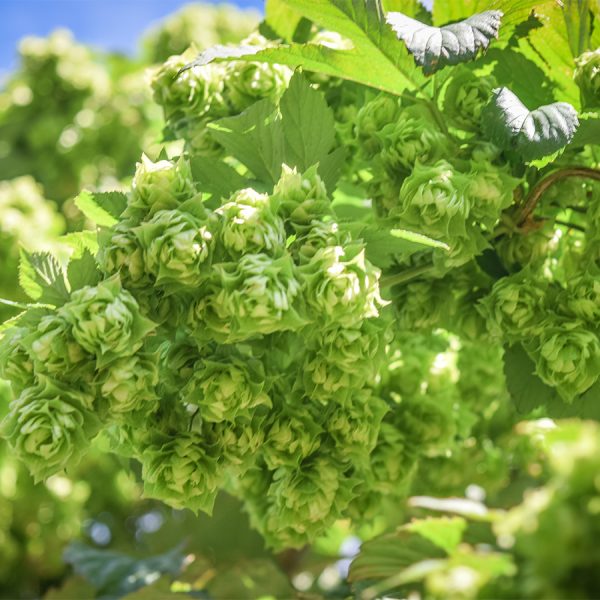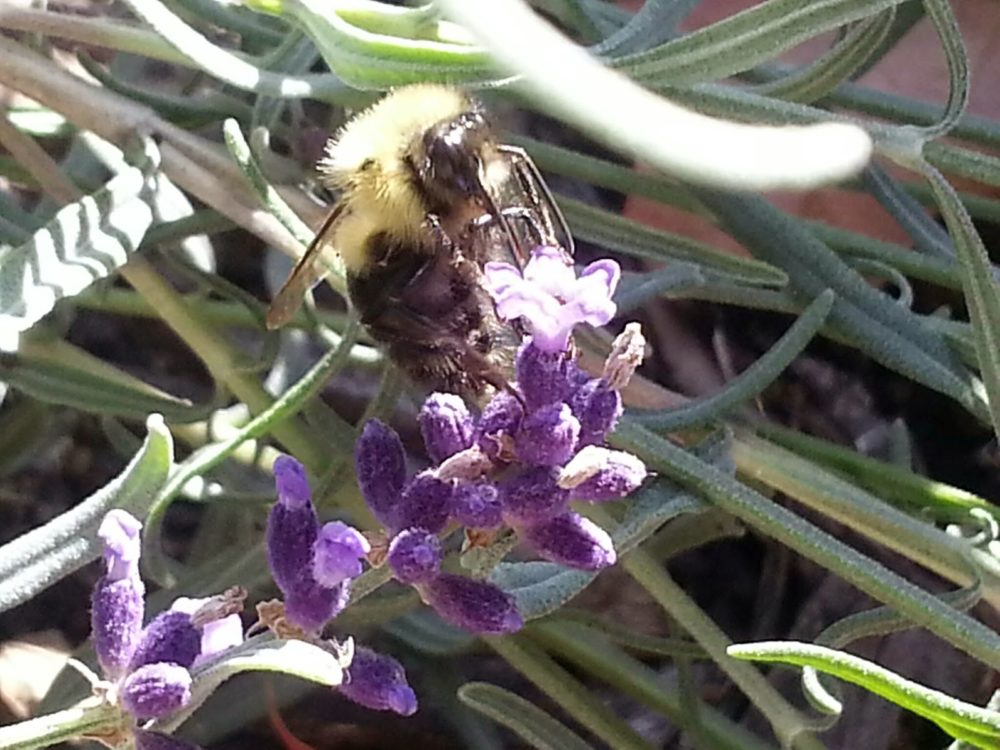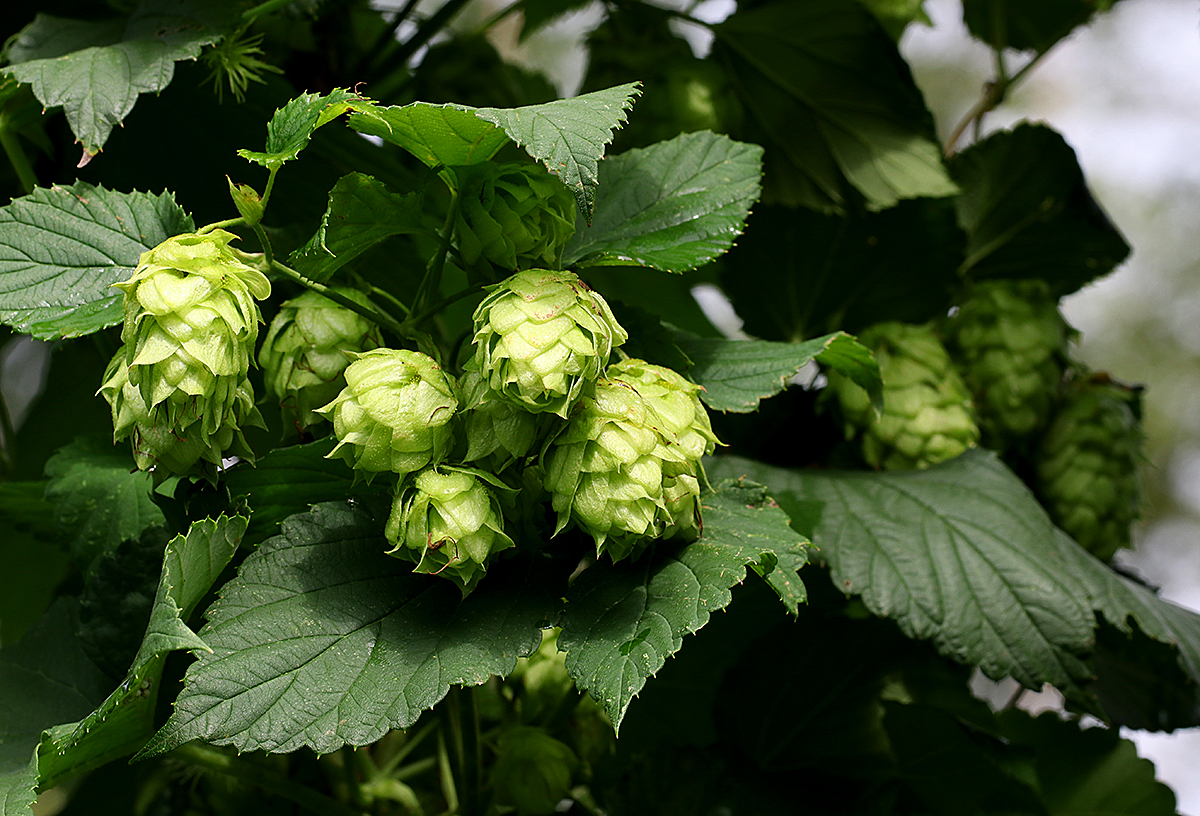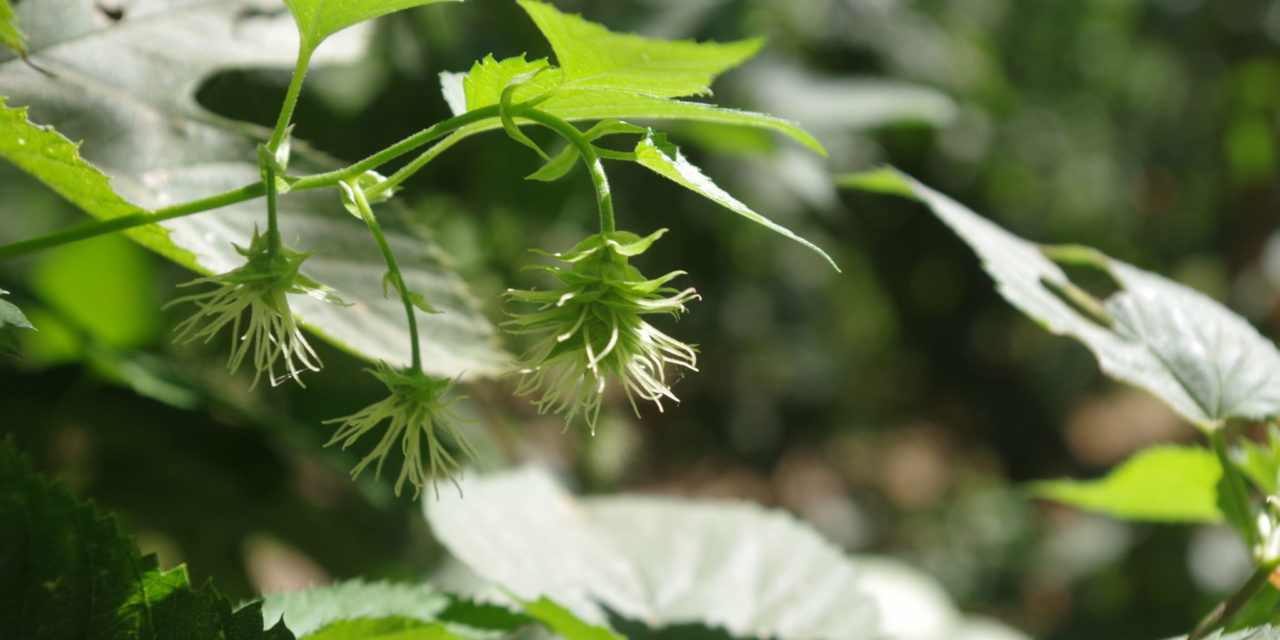
Bee hop Caught this bee in mid air hopping around on plum … Flickr
Hops contain two prominent organic acids, alpha acids—known to brewers as "flavor" hops—and beta acids, known as "aroma" hops. It is the beta acids that have been found to have anti-Varroa properties. The new formulation is 16% beta acids painted on cardboard strips which will be used in the brood boxes.

Are bees damaged by measures to protect the hop plants? BRAUWELT international
Hops, Bees, and Christmas Trees: The Fir Farm in Colts Neck By Community Magazine | July 14th, 2023 | Colts Neck, Cover Stories | 0 Comments STORY BY: Brian O'Malley Founded as a family Christmas tree farm, The Fir Farm in Colts Neck has been a Monmouth County institution for over four decades. O

Native bee on hop bitterpea karenretra Flickr
Mixtures containing hops are used for every ailment from sleep issues, to digestive issues to relieving muscle pain. You'll recognize the fragrance inhaled from just the bud of the hop. Picked and dried it is almost overpowering. So grow some hops for the beauty, the bees or for beer. A unique choice for your garden that you'll always enjoy!

How Hops Can Help Save the Bees Save the bees, Bee keeping, Bee friendly
THE BASICS. Hops are the cone-shaped female flower of the vine-like plant humulus lupulus, and the important ingredients are concentrated in the cone's lupulin glands. Hops are harvested from bines (aka tendrils), then dried and processed into pellets, plugs, extracts, or left in their cone form. During the brewing process, hops are added at.

Hops Used to Save Honey Bees
In Traditional Chinese Medicine, hops were used for insomnia, restlessness, indigestion, intestinal cramps, and lack of appetite. By soothing the smooth muscle of the gastrointestinal tract, hops affect the "second brain" known as the enteric nervous system, relaxing the central nervous system.

Pin on Hops
In California alone, there are about 1,600 species of native bees--and boy are they are diverse! These bees range widely in behavior, color, size, nesting habits, and even social lifestyle. Some native bees, such as the yellow-faced bumble bee are actually better pollinators than honey bees! Let's dig into some facts about the most common bee.

Small Bee on Rudbeckia A small Bee doing what bees do! Hop… Flickr
Yes, hops, the magical herb that lends bitterness, flavor, and balances to nearly every type of beer seriously brewed today, may also be an important piece in the larger puzzle of stopping Colony Collapse Disorder. It seems the varroa mites' kryptonite could be hop beta acids (HBA).

How Hops Can Help Save Bees Minnesota Herb Society
Hops have been a primary ingredient in beer since medieval times. These plant products contribute to key properties such as aroma, taste, bitterness, foam, and shelf life.. The bee-keeping industry faces major challenges from Varroa mites that decimate domesticated bee populations.

Hop Harvest at Bee Hoppy Farms NC State Extension
The Hops and The Bees Yesterday, there was a real buzz on the farm when the Bumblebee Conservation Trust visited us for a Bee Blitz. Yesterday, there was a real buzz on the farm when members of the Bumblebee Conservation Trust visited us.

The Vineyard Gazette Martha's Vineyard News Busy Bees Swarming Season Has Home HiveBusters
Hops to the Rescue. While bees are attracted to hops, bees aren't exactly necessary when it comes to pollination. Hops are wind pollinated and don't require a pollinator to land on them - though a visit from a friendly bee sure doesn't hurt. But the real beneficiary of hops are the bees themselves, and here's why.

Bees in the Hop Yard Spirited Magazine
Wild hops are a wind pollinated plant and, of the female hops planted commercially, the majority are grown from rhizomes or propagated from cuttings. Hops don't have much to offer bees in terms of pollen or a nectar reward, so one might expect that bees would want nothing to do with Humulus. www.spiritedbiz.com Graham

Hops for Bees, Beer and Whatever Ails You Organic Gardening for Body & Spirit
By Dewey Caron. HopGuard II, potassium salts of Hops Beta Acids (K-HBAs), is produced from the cones of female hop plants. This biochemical miticide has been shown to be effective in combating varroa mites in bee colonies. It is manufactured by BetaTec Hop Products, a wholly owned subsidiary of Barth- Haas Group, Inc. of Yakima, Washington.

Hops Protect Honey Bees From the Scourge of Mites Federal Labs
Recipes Using Hops. Here are some recipe ideas that use hops beyond just beer-making: Hops-infused olive oil: Heat olive oil over low heat and add a few dried hops cones. Let the hops steep for about 30 minutes, strain, and use the infused oil to dress salads, roast vegetables, or drizzle over grilled meats. Hoppy cheddar soup: Sauté onion and.

Honey bee on hops? YouTube
Hops protect honey bees from the scourge of mites. Well-known as a key ingredient of beer, hops are used to balance the sweetness of the malt ingredient and provide aroma. Thanks in part to scientists at the Agricultural Research Service (ARS) in Tucson, Arizona, hops are also protecting the nation's honey bees from their most dangerous foe.

Hops and Honey, Why you ask? Hops are a NATURAL Varroa mite deterrent for bees!
HBA, extracted from the cones of hop plants (Humulus lupulus) used in brewing beer, is known to repel plant-sucking pests and are non-toxic to humans. Honey bees were first exposed to different concentrations of HBA in order to establish a safe exposure baseline and prevent bee mortality.

The Hops and the Bees YouTube
Wild hops are a wind pollinated plant and, of the female hops planted commercially, the majority are grown from rhizomes or propagated from cuttings. Hops don't have much to offer bees in terms of pollen or a nectar reward, so one might expect that bees would want nothing to do with Humulus lupulus.